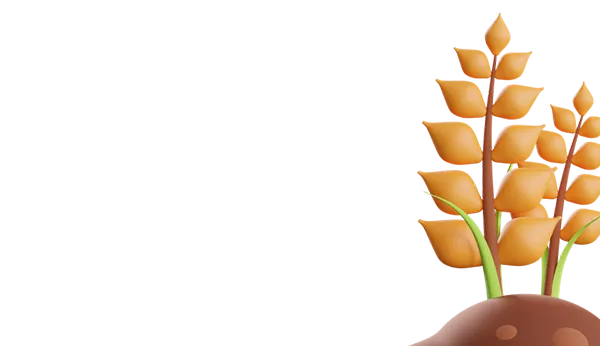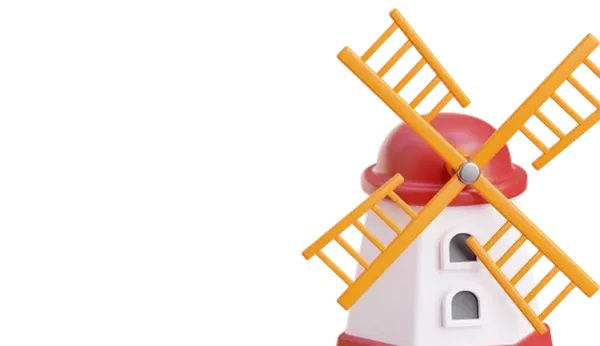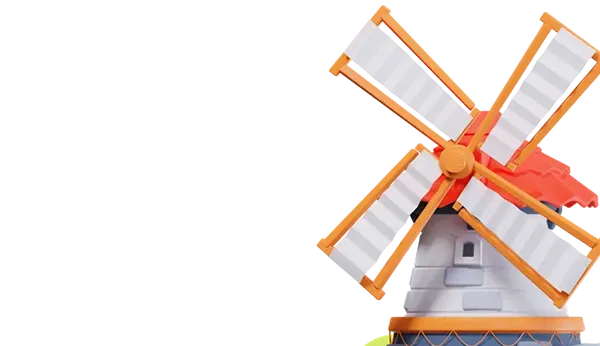Employees of the Federal State Budgetary Institution "Center for Assessment of Safety and Quality of Agricultural Industry Products" in St. Petersburg conducted a battle against a dangerous plant, carrying out primary treatment against the aggressive Sosnowski's hogweed. This operation was carried out on the territory of an agricultural enterprise in the Lomonosov district of the Leningrad region, where an area of 5 hectares was infected with this plant.
To eliminate the hogweed, a broad-spectrum herbicide based on imazapyr was used, which is effective against various types of unwanted vegetation.
Sosnowski's hogweed (Heracleum Sosnowskyi) is a large poisonous plant from the umbrella family, which was imported from the Caucasus to be used as a fodder crop. But in 2015, it was removed from the "State Register of Breeding Achievements Approved for Use in Agriculture" and recognized as a weed. The danger lies in the sap of hogweed, which contains furanocoumarins – substances capable of causing serious burns on the skin and leading to vision loss if it gets into the eyes.
According to official statistics, Sosnowski's hogweed covers more than 1 million hectares across Russia. Unfortunately, the Leningrad region is one of the "leaders" in terms of the quantity of these harmful plants in the country, accounting for 10% of all areas, as stated by Vyacheslav Osipik, Deputy Technical Director of the St. Petersburg branch of the Federal State Budgetary Institution "Center for Assessment of Safety and Quality of Agricultural Industry Products". Large areas of hogweed can also be found in the Perm Krai, Moscow, Kaluga, Pskov, and Vologda regions. Special programs to combat this harmful plant have been initiated in all of these regions.
Starting from September 1, 2024, changes to the Land Code of the Russian Federation have come into force, obliging land users to take measures to protect agricultural land from hogweed. For effective combat, a comprehensive approach combining various methods is recommended.
Agronomic practices include regular mowing of plants in their early growth stages and the use of discing to deplete the root system and prevent further spread.
A significant threat is posed by the plant's high seed production capacity: one plant can produce from 20 to 100 thousand seeds, which remain viable for germination for 3-5 years. To rid the soil of the seed bank, a method of seed germination provocation is used, followed by the destruction of seedlings.
Chemical methods involve the use of systemic herbicides with a broad spectrum of action, which must be applied strictly following instructions and all safety precautions.
The best results are achieved through a combination of agronomic and chemical methods. Biological control methods, including research on the use of natural enemies of hogweed such as specialized insects and fungal parasites, are becoming a significant direction in the future.
An important element of successful hogweed control is prevention, which includes educating the population on how to identify this plant and safe methods of getting rid of it, as well as regular monitoring of areas to detect spread foci early. After removing hogweed, it is necessary to restore areas by planting local plant species that help prevent its reappearance.
"Fighting hogweed requires systematic and timely intervention until complete eradication and prevention of recurrence," emphasized Denis Fominykh, Deputy Head of the Department of Quarantine and Phytosanitary Disinfection and Veterinary-sanitary Treatments of the St. Petersburg branch. "At present, there are no universal methods that can guarantee a 100% result after one intervention and completely eliminate this dangerous plant. But it is necessary to start fighting against hogweed immediately, using all available means."















